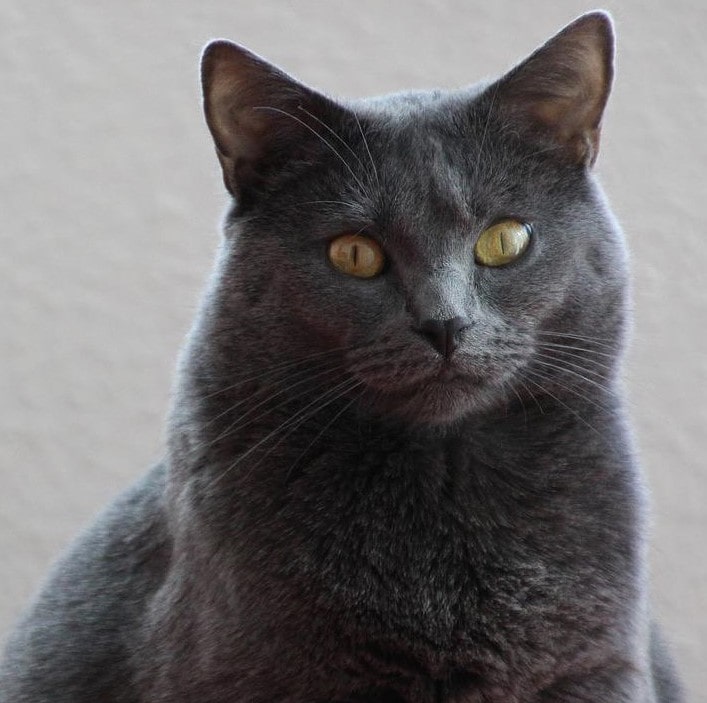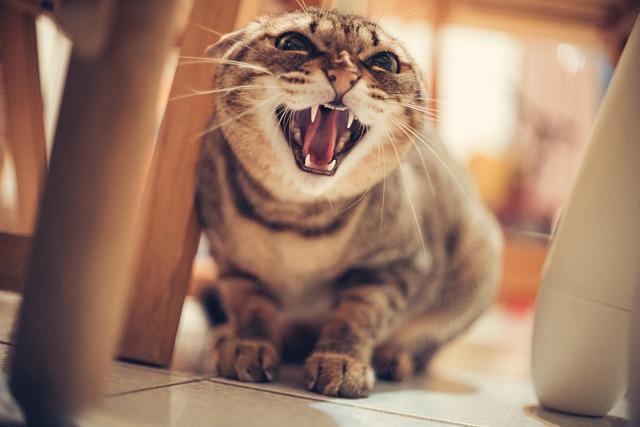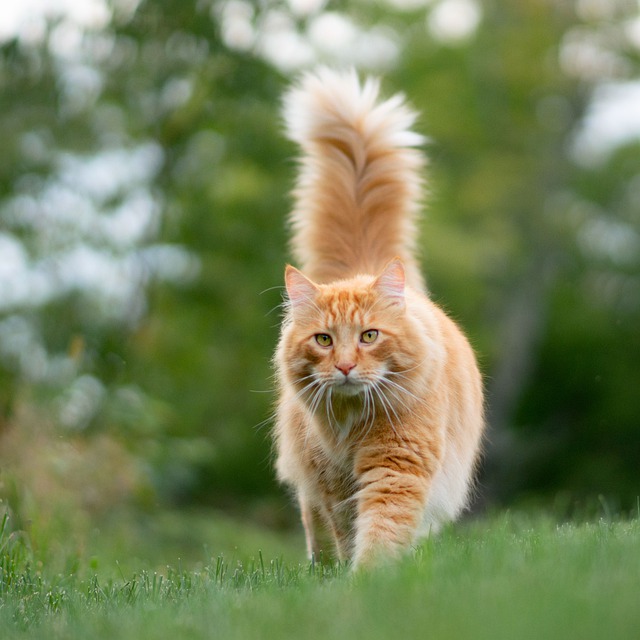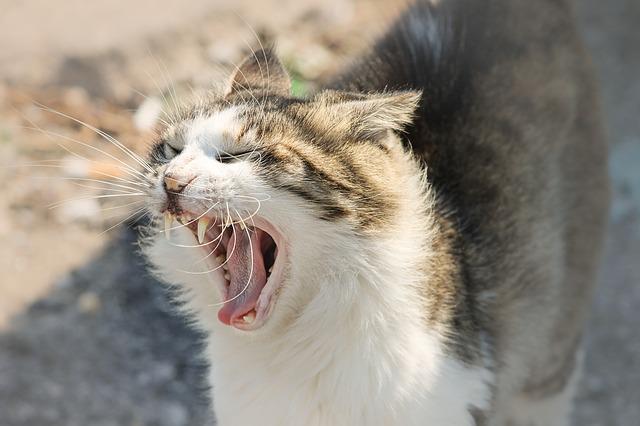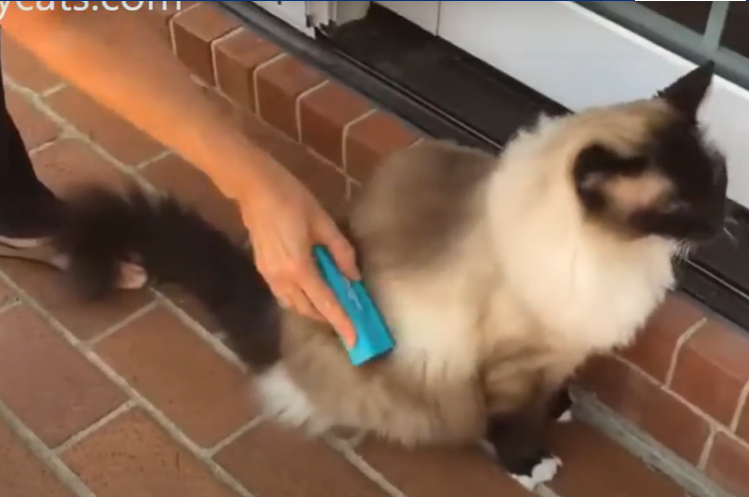Do you have a very vocal feline? You might be surprised to learn that cats can make over 100 distinct sounds when they are communicating.
Cat sounds like meows, hisses and purrs are common cat sounds most of us know. But in reality, your kitty has a wide variety of different sounds they can call upon depending on the situation.
Click here if you missed our previous blog post
“Learn How to Understand Your Cat’s Language?”
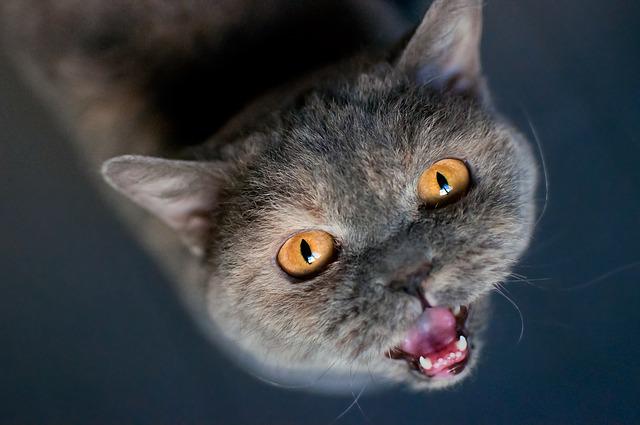
So, is your cat trying to talk to you? Most likely yes, and since obeying our cats – and their commands – makes for a happier feline home, learn about the distinct sounds of cat communication below!
Do all Purrs Equal Happiness?
According to Hepper.com, people think a cat’s purr simply means they are happy and content. While that is true, there’s actually more behind the purr.
Research has found that cats also purr when they:
- Are sick or in pain.
- Sad or feeling sorrow.
- Visit the vet or
- Are around another cat they like.
So, the next time your cat purrs, take it as an emotional sign about their world and reaction at that moment.
Attention Human! THIS Meow is for YOU!
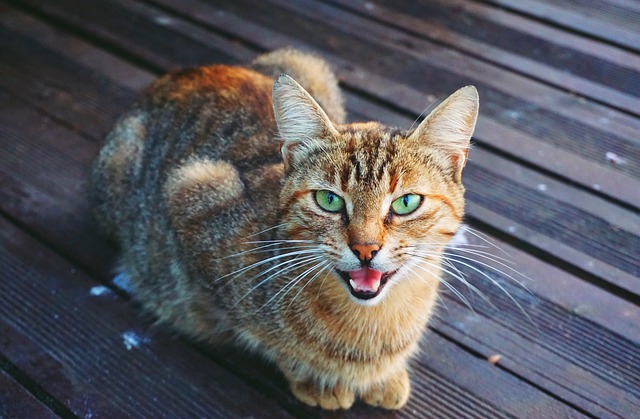
Did you know that adult cats only meow in the presence of humans? It’s true and has evolved since the times of ancient Egypt and being domesticated by humans. Depending on what your cat is asking for, tones and durations of meows will change. By paying close attention, you can learn how to decipher the correct request from your kitty.
Cat Sounds: The Angry Cat!
It’s pretty clear when your cat is upset … all the hissing and spitting is a definite sign! Your cat’s ire may be directed at:
- Humans.
- Other cats.
- Dogs or other creatures.
While it can be fun to watch your cat get all hot and bothered, it’s best to step in to address and resolve the situation immediately.
Distress and Kittens

Once you’ve heard this sound, you will never forget it! When in danger, kittens will send out a high-pitched distress call. These particular cries are to alert other cats around the kitten and may sound differently depending on the situation.
Calling All Potential Mates!
The intense mating calls and moans are loud and long as both the males and females let others know they are ready to mate! Male felines may also use these mating noises to warn off other potential suitors! High-pitched screams can also be heard after the mating has finished.
Chattering Excitement!
Cats often “chatter” when watching birds or wildlife outside. This unique sound indicates your cat’s excitement and desire for the prey out of their reach. The sound comes from your cat’s trembling jaw, but is nothing to worry about.
Cat Sounds: Other Fascinating (and Normal) Sounds!
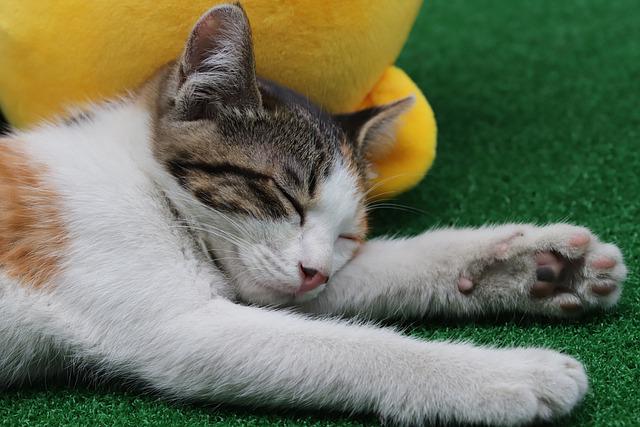
- Sighing cats may indicate:
- Relaxation. Often before or after they sleep.
- Contentment
- Boredom. This prolonged behavior can lead to destructive actions. Engage your feline with more mental stimulation and play to naturally relieve their boredom.
- Cats may also imitate human baby sounds to attract their owner’s attention!
Felines also use their ears and scent for additional communication!
Click here for our June blog, “Learn How to Understand Your
Cat’s Language: Ears and Scent”
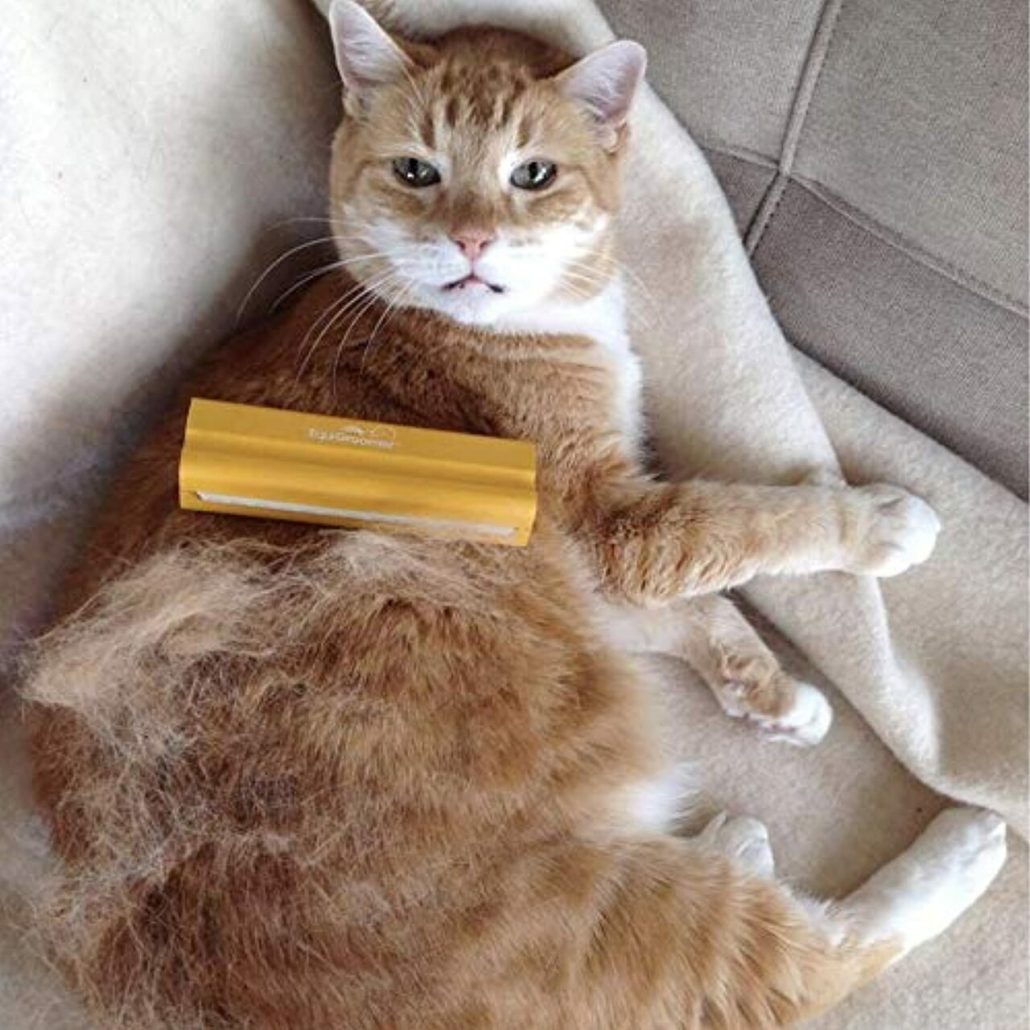
Enhance your bond and one-on-one time with your cat using the EquiGroomer!
Did you know that our grooming blade actually mimics a cat’s tongue? We guarantee YOUR cat will love it!
We guarantee your dog, horse, other pets or even livestock will LOVE the EquiGroomer Tools!



